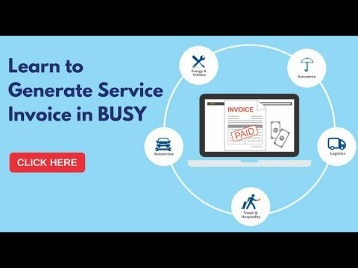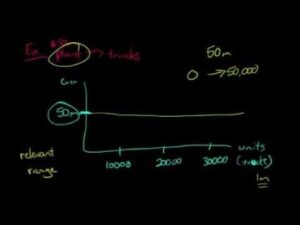Content

For example, under the current rate of 30.5%, a married family with two qualifying children receives a state tax credit of up to $1,880. Under Governor Lamont’s proposal to increase the rate to 40%, that same family will receive a state tax credit of up to $2,465, providing them with an additional $585. A qualified tax professional can help you find all of your available credits and deductions, make decisions about your filing status and eligible dependents, and plan for the tax year to come.
- Personal Exemption Amount – The exemption amount of $3,200 begins to be phased out if your federal adjusted gross income is more than $100,000 ($150,000 for joint taxpayers).
- Thousands of people have lost millions of dollars and their personal information to tax scams.
- Urban Institute research found that 45 percent of nonelderly adults who received the advanced CTC funds preferred the monthly credit as opposed to receiving the credit as a single payment at tax time.
- Many families do not have a good understanding of how their benefits will change as their income changes.
- If you meet all of the requirements then you would be eligible for the deduction.
Twenty-nine states and the District of Columbia offer their residents an EITC, and the average rate among them is 22%. Governor Lamont’s proposal to increase Connecticut’s rate will make it higher than each of its neighboring states, including Massachusetts (30%), New York (30%), and Rhode Island (15%). The resident tax booklets contain both the tax forms and the instructions for each major form.
What is CHILDCTC?
After that time period, EITC claimants shouldn’t need to wait any longer than other taxpayers to get their money. Generally, most taxpayers will get their refunds in 21 days or less, assuming they file electronically. Tax credits delivered as part of a tax refund can help people build savings or purchase large items. If you don’t have a bank account or prepaid card, consider opening an account or getting a prepaid card.
As a 501 nonprofit, we depend on the generosity of individuals like you. That the child resided in the approved or certified foster parent’s home that is making the request for all or some portion of the tax year listed on the request. Families can also use the address of a trusted relative or friend or a shelter or drop-in center to receive their refund by mail. We’ll be in touch with the latest information on how President https://quick-bookkeeping.net/ Biden and his administration are working for the American people, as well as ways you can get involved and help our country build back better. It has gone from $2,000 per child in 2020 to $3,600 for each child under age 6. While it may be tempting to use it towards a vacation or big-ticket purchase, like a television or car, Rossman says the most prudent thing to do is use at least some of the refund to pay down debt.
What Are Some Examples of a Refundable Tax Credit?
After that, payments continue to go out on the 15th of every month. Tim and Theresa chose not to file a tax return as their income did not require them to do so. As a result, they did not receive payments automatically, but if they signed up by the November 15 deadline, they will receive part of their payment this year to help them pay for the expenses of raising their child.

Refundable tax credits like the EITC and the ACTC create negative income taxes. This means that some earners get refunded by the tax system because of their family status, level of income, or some combination of both. Some of them can give a major boost to your tax refund such as the Earned Income Tax Credit. During the COVID crisis in 2020 and 2021, the U.S. government issued three rounds of relief payments to eligible individuals and families. If you did not receive the full amount of the three rounds of Economic Impact Payments that you were entitled to, you can claim the Recovery Rebate to get these funds.
Automatic monthly payments for nearly all working families
Typically, families with children receive more than 95% of all EITC dollars. Here are some of the most important changes and benefits affecting the approximately 3.5 million taxpayers working on their 2022 Maryland income tax returns. The child and dependent care credit allows you to claim 20% to 35% of your care expenses up to a maximum of $3,000 for one dependent or $6,000 for two or more dependents if you needed care so you could work or look for work. Qualifying dependents include children 12 and younger, a spouse who needs care or another dependent claimed on your tax return who lives with you at least half the year and is unable to care for themselves. One of the ways that taxpayers have to get money back from the Internal Revenue Service is by using tax credits, some of which are refundable, meaning any money beyond what you owed in taxes gets tacked onto your tax refund. Taxpayers could pocket almost $7,000, but the amount varies depending on earnings and the size of the taxpayer’s family.

You also cannot claim either tax credit if you are married filing separately. The American Opportunity Tax Credit is for qualified education expenses paid by or on behalf of an eligible student for the first four years of higher education. If the credit reduces the amount of tax a taxpayer owes to zero, they These Tax Credits Could Boost Refunds For Low can get a refund of 40% of any remaining amount of the credit, up to $1,000. Taxpayers can get a maximum annual credit of $2,500 per eligible student. The amount of the credit is 100% of the first $2,000 and 25% of the next $2,000 of qualified education expenses a taxpayer paid for each eligible student.
